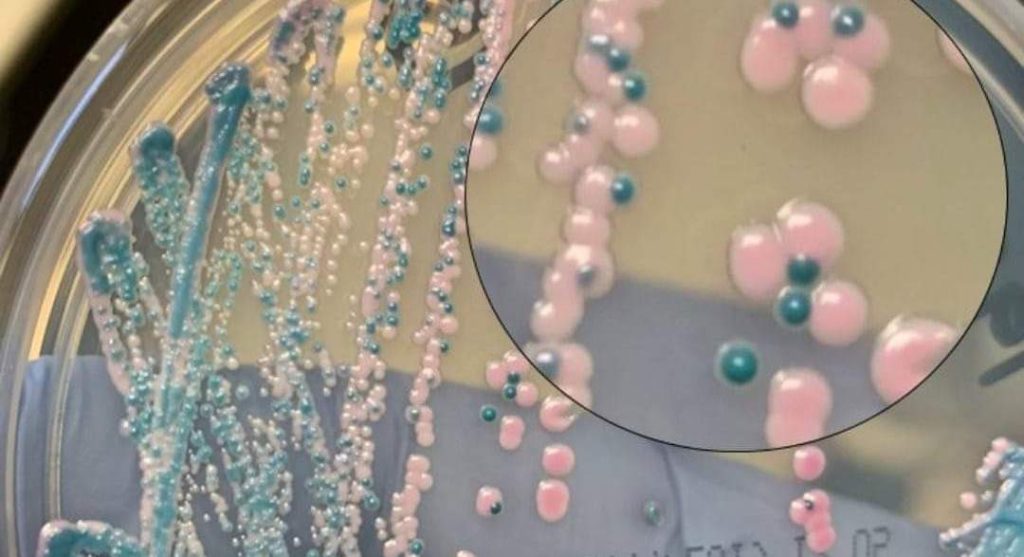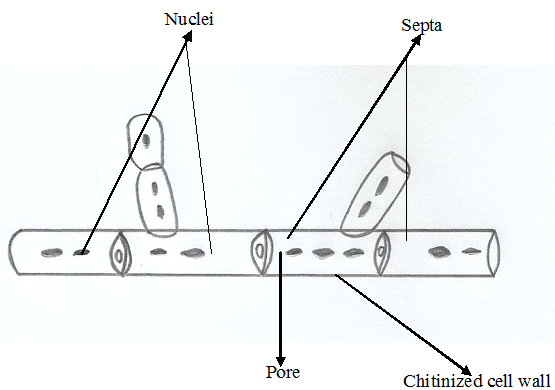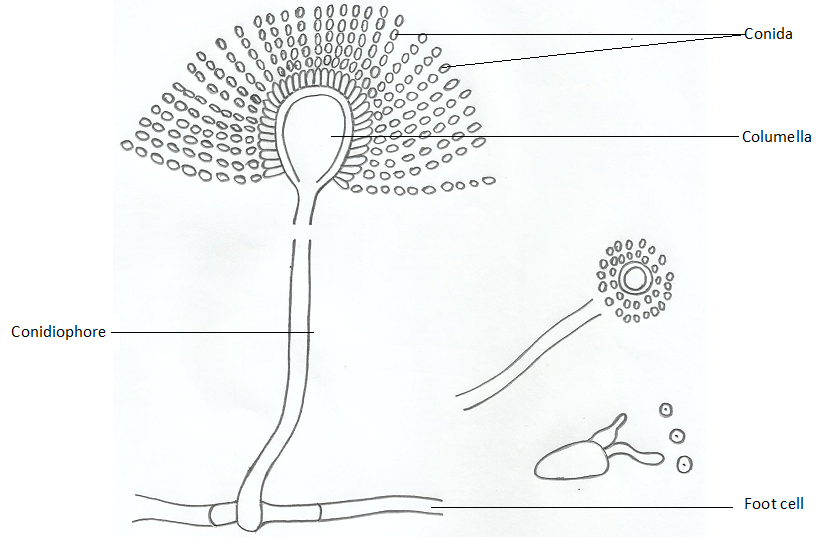Biology of Candida glabrata
Candida glabrata is a fungus species of haploid yeast of the genus Candida, previously known as Torulopsis glabrata. Despite the fact that no sexual life cycle has been documented for this species, C. glabrata strains of both mating types are commonly found. Vaginal yeast infection, caused mainly by Candida albicans (and to some extent by Candida glabrata), is a common nuisance factor in many women’s lives.
It thrives in an acid environment and is often the side effect of antibiotics, or it may occur during pregnancy or when a woman is immune compromised or diabetic. C. glabrata forms adhesins which allows it to form biofilms. The ability of the fungus to form adhesins is an important factor used by C. glabrata in its pathogenesis or virulent activities in vivo.
Candida glabrata is responsible for fifteen percent of mucosal candidiasis (fungal infections) due to adhesion to epithelial cells. There is a general consensus that C. glabrata has a strong resistance to any type of antifungal therapies. It is an infectious, haploid yeast with no means of reproduction. Previously, C. glabrata was thought to be non-pathogenic previously, but due to immunosuppressive therapy is now one of the top 3 infectious pathogens.
C. glabrata is of special relevance in nosocomial infections due to its innately high resistance to antifungal agents. C. glabrata genome frequently undergoes rearrangements that are hypothesized to contribute to the improvement of this yeast’s fitness towards exposure to stressful conditions including exposure to antifungal agents.
Ecology and Pathogenesis of Candida glabrata
Candida glabrata is pathogenic yeast of increasing medical concern. Often times to test for a C. glabrata infection a urinalysis is done- which often takes a couple days to culture via swabbing and streaking. Detecting C. glabrata is recognized by a “biofilm” forming on urinary catheters and dentures. Most frequently C. glabrata will colonize in the gut (epithial cells) to begin infecting and then spread out to various mucosal pockets in the body.
Only a few species of Candida live in the human body, glabrata being one of the few. C. glabrata usually feed off of rotten vegetables or dying plants. A comparable form to a human Candida infection would be any type of fungal infection such as athlete’s foot or a yeast infection (vaginal infections are harder to diagnose). C. glabrata is especially prevalent in HIV positive patients due to its pathogenicity to mostly affect the urogenital and bloodstream.
Lab diagnosis of Candida glabrata
Cultures are an effective method for identifying non-albicans vaginal infections. Urinalyses are less accurate in this process. The culture may take several days to grow, but the identification of the yeast species is quick once the yeast is isolated. Skin disease diagnosis is difficult, as cultures collected from swabs and biopsies will test negative for fungus and a special assessment is required.
C. glabrata ferments and assimilates only glucose and trehalose, opposing to other Candida species and this repertoire of sugar utilization is used by several commercially available kits for identification.
Treatment of Candida glabrata infections
A major phenotype and potential virulence factor that C. glabrata possesses is low-level intrinsic resistance to the azoles including fluconazole and ketoconazole. Polyenes including amphotericin B and nystatin can be effective against C. glabrata.
Further reading
Fairhead, Cécile; Dujon, Bernard; Gallaud, Julien; Hennequin, Christophe; Muller, Héloïse (2008-05-01). The Asexual Yeast Candida glabrata Maintains Distinct a and α Haploid Mating Types. Eukaryotic Cell. 7 (5): 848–858.
Fidel, Paul L.; Vazquez, Jose A.; Sobel, Jack D. (1999). Candida glabrata: Review of Epidemiology, Pathogenesis, and Clinical Disease with Comparison to C. albicans. Clinical Microbiology Reviews. 12 (1): 80–96.
Cavalheiro, Mafalda; Teixeira, Miguel Cacho (2018). Candida Biofilms: Threats, Challenges, and Promising Strategies. Frontiers in Medicine. 5: 28.
Bonnin, Alain; Vagner, Odile; Cuisenier, Bernadette; Pacot, Agnès; Nierlich, Anne-Charlotte; Moiroux, Philippe; Mantelin, Pierre; Dalle, Frédéric; Lopez, José (2001-03-01). Rapid Identification of Candida glabrata Based on Trehalose and Sucrose Assimilation Using Rosco Diagnostic Tablets. Journal of Clinical Microbiology. 39 (3)
Discover more from #1 Microbiology Resource Hub
Subscribe to get the latest posts to your email.



